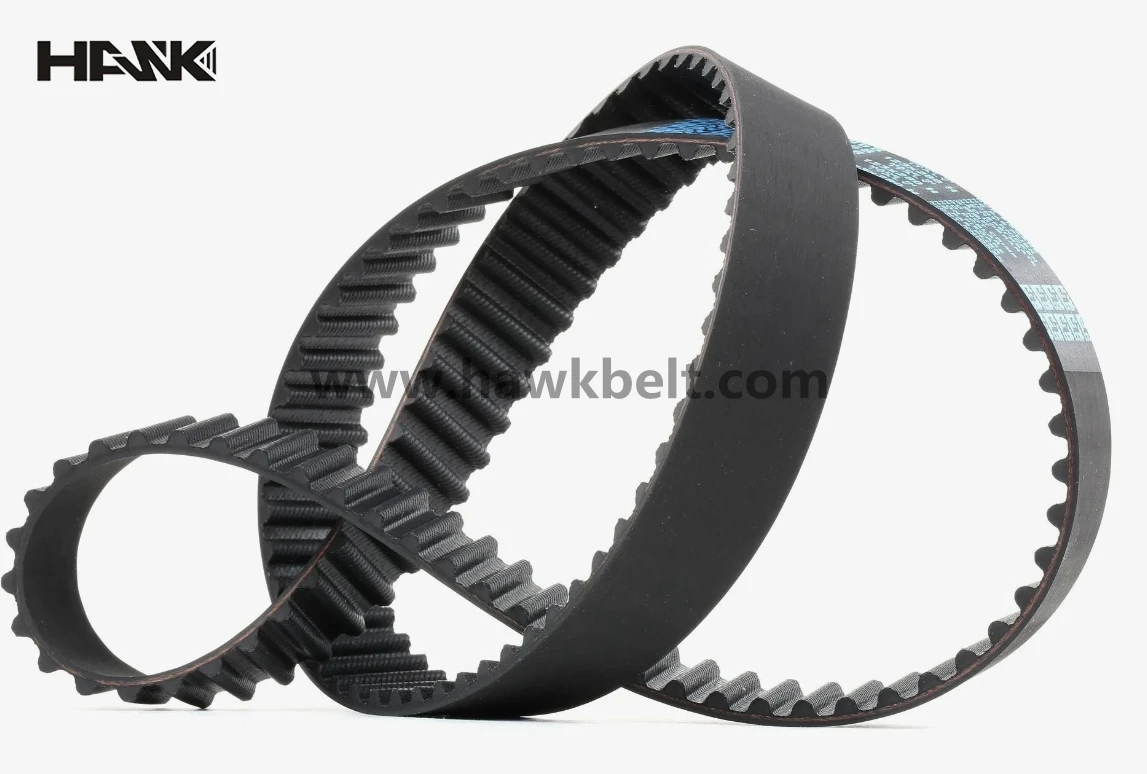- Arabic
- French
- Russian
- Spanish
- Portuguese
- Turkish
- Armenian
- English
- Albanian
- Amharic
- Azerbaijani
- Basque
- Belarusian
- Bengali
- Bosnian
- Bulgarian
- Catalan
- Cebuano
- Corsican
- Croatian
- Czech
- Danish
- Dutch
- Afrikaans
- Esperanto
- Estonian
- Finnish
- Frisian
- Galician
- Georgian
- German
- Greek
- Gujarati
- Haitian Creole
- hausa
- hawaiian
- Hebrew
- Hindi
- Miao
- Hungarian
- Icelandic
- igbo
- Indonesian
- irish
- Italian
- Japanese
- Javanese
- Kannada
- kazakh
- Khmer
- Rwandese
- Korean
- Kurdish
- Kyrgyz
- Lao
- Latin
- Latvian
- Lithuanian
- Luxembourgish
- Macedonian
- Malgashi
- Malay
- Malayalam
- Maltese
- Maori
- Marathi
- Mongolian
- Myanmar
- Nepali
- Norwegian
- Norwegian
- Occitan
- Pashto
- Persian
- Polish
- Punjabi
- Romanian
- Samoan
- Scottish Gaelic
- Serbian
- Sesotho
- Shona
- Sindhi
- Sinhala
- Slovak
- Slovenian
- Somali
- Sundanese
- Swahili
- Swedish
- Tagalog
- Tajik
- Tamil
- Tatar
- Telugu
- Thai
- Turkmen
- Ukrainian
- Urdu
- Uighur
- Uzbek
- Vietnamese
- Welsh
- Bantu
- Yiddish
- Yoruba
- Zulu
Nov . 12, 2024 16:12 Back to list
v belt pulley sizes
Understanding V-Belt Pulley Sizes A Comprehensive Guide
V-belt pulleys play a critical role in mechanical systems, providing a means of transferring power from one component to another. They are an integral part of various machines, from simple household tools to complex industrial equipment. Understanding V-belt pulley sizes is essential for anyone involved in mechanical design, maintenance, or repair. This article explores the dimensions, types, applications, and factors to consider when selecting V-belt pulleys.
The Basics of V-Belt Pulleys
V-belt pulleys are wheels that are designed to accommodate V-belts, which are used to transmit power through continuous rotation. The V shape of the belt helps it fit snugly into the groove of the pulley, ensuring efficient transfer of force. The size of these pulleys is determined by various factors including diameter, groove width, and the number of grooves.
Common Measurements
1. Diameter The diameter of a V-belt pulley is one of the most important dimensions to consider. Smaller diameters are typically used for high-speed applications, while larger diameters are better suited for low-speed operations. The diameter affects the speed and torque delivered by the pulley system.
2. Groove Width The width of the grooves is another critical measurement. This dimension must match the width of the V-belt to ensure a proper fit and functioning. Mismatched sizes can lead to slippage, premature wear, or even system failure.
3. Number of Grooves Pulleys can come with one or multiple grooves, depending on the design of the mechanical system. Multiple grooves allow for the use of several belts simultaneously, providing increased torque capacity and redundancy.
Types of V-Belt Pulleys
There are several types of V-belt pulleys available, categorized primarily by their design and application
- Standard Pulleys These are the most common and can be found in a variety of machinery. They are usually made of cast iron or steel and suitable for general applications.
- Sheaves Similar to pulleys, sheaves are specifically designed to accommodate multiple V-belt grooves. They are often used in high-torque applications.
- Taper Lock Pulleys These have a unique design that allows for easy mounting and dismounting. They are ideal for situations where quick changes are necessary.
v belt pulley sizes

Applications of V-Belt Pulleys
V-belt pulleys can be found across numerous industries and applications. Some common areas include
- Automotive Pulleys are used in engine components to drive various accessories such as alternators, water pumps, and air conditioning compressors.
- Manufacturing In factories, V-belt systems are often employed in conveyor belts, machinery drives, and robotics.
- Agriculture Tractors and other farming equipment rely on V-belt pulleys for effective power transmission between engine and machinery.
Selecting the Right V-Belt Pulley
Choosing the correct V-belt pulley size involves several considerations
1. Application Requirements Determine the specific needs of your application, including power requirements, load conditions, and speed.
2. Compatibility Ensure that the selected V-belt pulley is compatible with the V-belt being used. This includes checking groove dimensions and belt type.
3. Material and Construction The material of the pulley affects its durability and suitability for different environments. Choose high-quality materials, such as cast iron or aluminum, based on the application's demands.
4. Installation and Maintenance Consider how easy the pulley will be to install and maintain. Ease of access, particularly in complex systems, is essential for long-term operation.
5. Cost vs. Performance While it may be tempting to choose the least expensive option, consider the long-term implications on performance and reliability. Sometimes investing in a higher-quality pulley may prevent costly downtime in the future.
In conclusion, understanding V-belt pulley sizes and their appropriate application is crucial for anyone working with machinery. From ensuring compatibility to considering the physical dimensions, every aspect plays a role in the efficiency of the mechanical system. By taking time to evaluate needs and specifications, one can ensure optimal performance and longevity from V-belt driven machinery. Whether in automotive, manufacturing, or agriculture, the right V-belt pulley can make all the difference.
-
Korean Auto Parts Timing Belt 24312-37500 For Hyundai/Kia
NewsMar.07,2025
-
7PK2300 90916-T2024 RIBBED BELT POLY V BELT PK BELT
NewsMar.07,2025
-
Chinese Auto Belt Factory 310-2M-22 For BMW/Mercedes-Benz
NewsMar.07,2025
-
Chinese Auto Belt Factory 310-2M-22 For BMW/Mercedes-Benz
NewsMar.07,2025
-
90916-02660 PK Belt 6PK1680 For Toyota
NewsMar.07,2025
-
drive belt serpentine belt
NewsMar.07,2025

